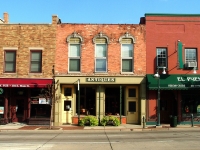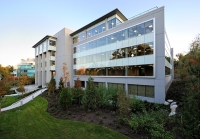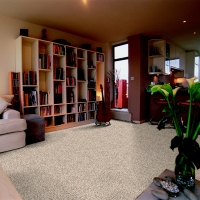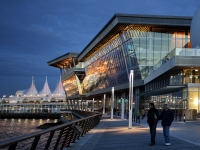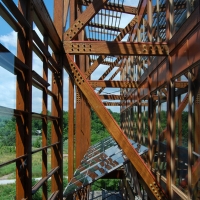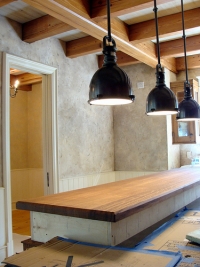Building in the Midwest: Where Do We Go From Here?
Thu, Apr 15, 2010The lion�s share of green building advancements takes place along the West Coast, the nation�s economic centers pioneer the greatest number of new building techniques, and areas that are already economically thriving have the most funding to direct toward urban development. But what is going on in the vast stretch of America that lies between the coasts? The Midwest does its own planning and pioneering, and develops its own green strategies, but many of its rural communities are dealing with issues that are far different from those being profiled in more visible regions.

